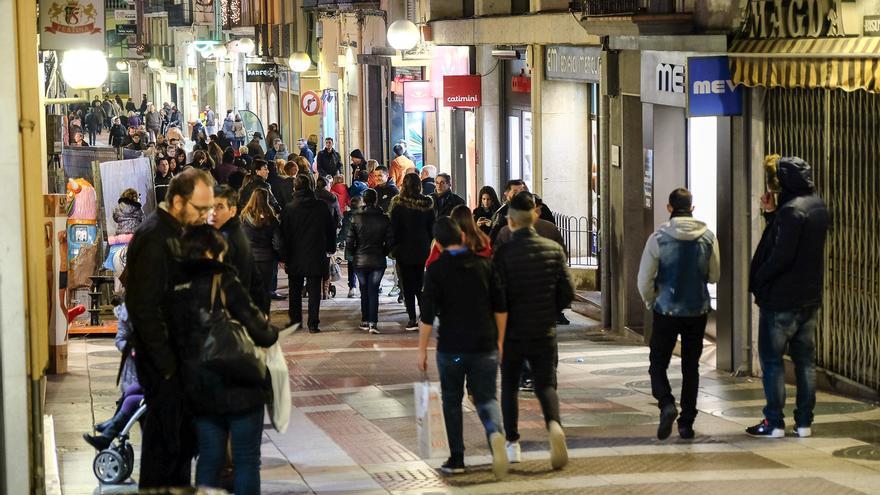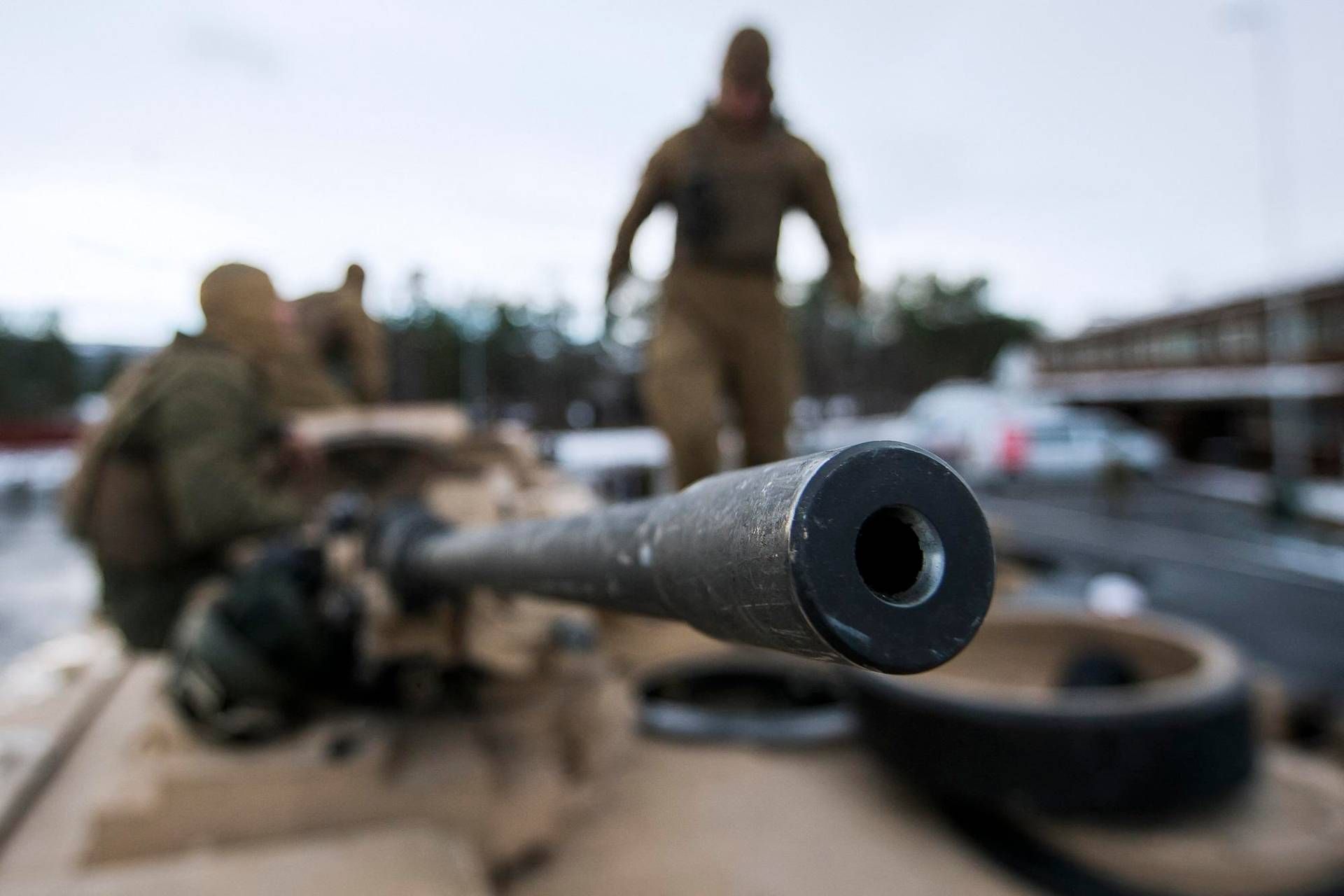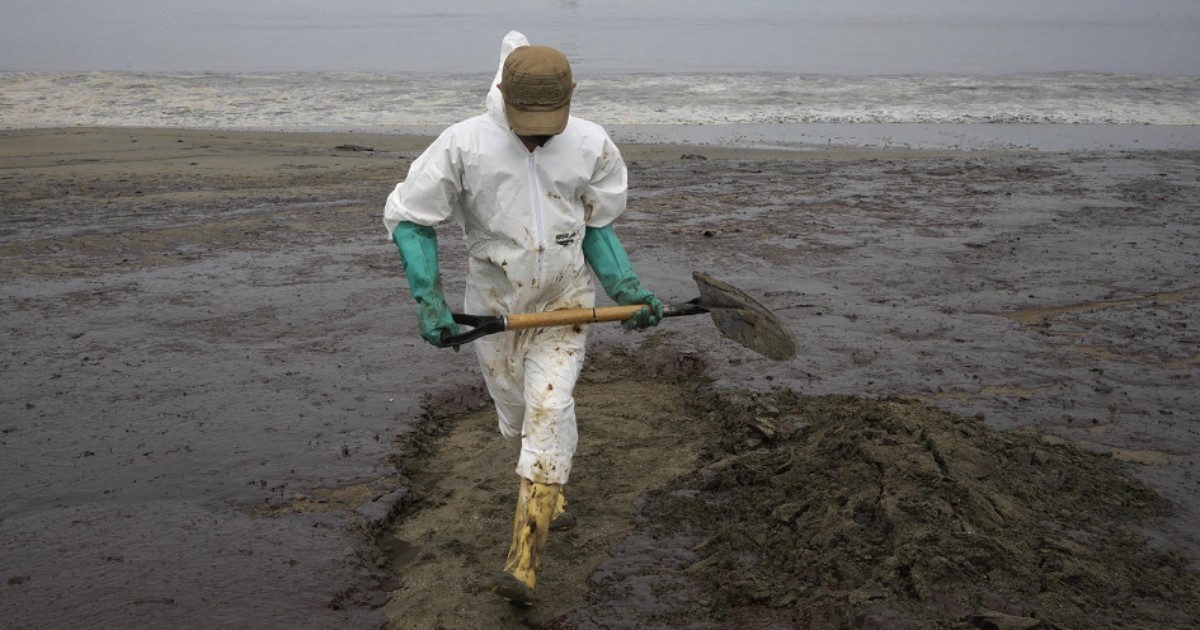The middle class is often talked about as a social and economic determinant of the well-functioning of the economy; Studies on their preferences and dynamics are presented, their “economic health” is analysed… But what is the middle class? The truth is that it is a complex, flexible concept and, unfortunately, reversible. Its definition is relative and varied, depending on the sources consulted. It can be defined by the usual income that a person has. But it can also be viewed through their usual consumption patterns, which do not always match their income, especially in economies where credit feeds the veins of consumerism.
next to, The actual purchasing power of the middle class depends greatly on geographyAs it is directly linked to the country in which you live and are usually consumed. Thus, the purchasing power of what in Spain would be considered middle class, in Kenya is likely to be upper class. And vice versa: from the point of view of their economic capabilities, what in Ecuador might be considered middle class, in France might be lower middle class, or lower.
Despite this ambiguity, The middle class is a concept central to the stability of society and its economy. It can be defined as “the part of society that is relatively economically stable and enjoys a reasonable quality of life”, and one might add “which they hope to be able to pass on to their children”.
So, It is desirable that this middle layer be as wide as possibleIn order to achieve social peace. In addition, the middle class is a fundamental pillar of the economic development of any country, as it tends to be the ones that consume the most, produce, innovate, undertake, travel, and invest in education…
People have a tendency and aspiration to feel middle class. If we ask people on the street, the vast majority would consider themselves members of the middle class, both those who obtain the prestigious and expensive master’s degree at IESE and those who compulsively consume the low-cost economy. Indeed, it is no coincidence that the offer of low-cost consumption has exploded since the deep economic and financial crisis of 2008, and has had a significant impact within this segment of the population. The low-cost economy has become a lifeline for the most vulnerable part of this economic sector; From fashion, to food, gyms, hotels, flights, restaurants… the system needs the middle class, despite being poorer, to continue dreaming and consuming, as they did when it was “real”.
According to a study conducted by La Caixa in 2019, the per capita income of the middle class in Spain ranges between 7,750 and 39 thousand euros, with an average of 18,100 euros..
The creation of the middle class is a triumph of human evolution: it represents the lifting of millions of men and women out of hunger and poverty. Today, more than half of the world’s population already belongs to this socioeconomic class. Various estimates indicate that by 2030 there will be about 5.2 billion people in the middle class, nearly two-thirds of the total population: an historic milestone, no doubt!
“The creation of the middle class is a triumph of human evolution: it represents the lifting of millions of men and women out of hunger and poverty.”
but Profound changes occur in this chapter. Since the end of World War II, the West has led global economic growth. It was the growing middle classes in the United States, France, the United Kingdom, Germany, Japan, Italy, Australia, Canada, and Scandinavia that consumed, produced, traveled, created, or invested on a global scale. Population and economic growth have created a middle class in our economies, and each new generation has had better economic prospects than the previous generation…until 2008.
In parallel, i Since the end of the last century, it has been the so-called emerging economies that have contributed to the growth of the global middle class; And very noticeably. China and India, in particular, but also Indonesia, Turkey, Brazil, Colombia, Vietnam and Thailand are some of the countries that have led the creation of the middle class on a global scale. Today, about two-thirds of the global middle class already lives in emerging economies, and nearly 90% of the new global middle class are Asian. A radical historical change.
Globally oriented brands, cities, universities… want to attract the best from this social class; Their talent, financial resources, creativity, or interests as consumers.
Global consumption passes less and less through “the West,” and more and more through these middle classes in emerging economies. Our country’s universities face a major problem in the short term: the ability to fill their classrooms, due to our demographic decline. Some of these major economies are already developing global strategies to attract middle-class students from major emerging economies – and their survival is at stake. The tourists who will visit us will increasingly be of Chinese, Indian, Turkish, Arab or Brazilian origin. The talents of global companies and the creative goods we consume (TV series, music, films, video games…) are increasingly becoming Korean, Indian, Chinese, Mexican, Arab… An inevitable medium-term change of great importance in class is underway. Global medium. The change is towards a more culturally diverse reality, where major economic decisions (productivity, investment, consumption…) will no longer go through the “usual suspects” in the West. We have to be ready for that. from now on.
Check here all EMPORDÀ news

“Freelance social media evangelist. Organizer. Certified student. Music maven.”



